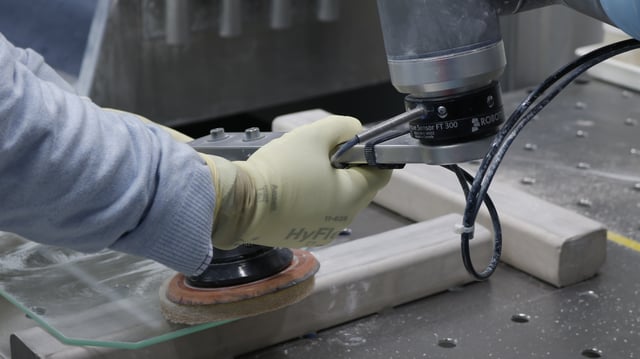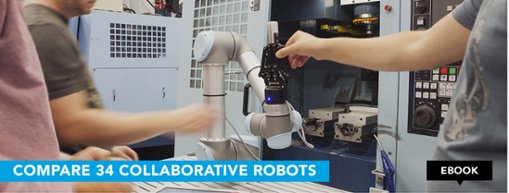How to Simplify a Complex Task

Posted on Jan 03, 2018 7:00 AM. 2 min read time
The wide variety of tasks in the manufacturing world results in some simple ones that can be easily automated, and others that aren’t as easy to hand off to a cobot. The eBook How to Simplify a Complex Task helps manufacturers everywhere face challenges head on and how to tackle the most common issues that arise during automation.
Join us as we look at this eBook in detail and the wealth of information it offers for you and your business.

How to Simplify and Automate Complex Tasks
The first step this eBook recommends is to document your current process in detail, so you understand it perfectly. What does your operator do? You should make a bullet point list of the steps and decisions that your operator makes during the process.
It’s also important to understand how the operator decides that the job is finished and up to quality standards. The eBook presents a flowchart as an example of documentation for an operation.
The second step is to Sketch out the automated process that you’re considering. Automation usually involves tweaking the original process to produce the same results with a cobot. You have to consider the differences in capabilities between a human and a robot.
You can split the process into smaller steps if that helps. You can automate just one section of the process and keep the operator in the loop. You can also simulate the process yourself, limiting your movements and even your vision (if it’s safe) so you can emulate the abilities of a robot.
The third step is to identify the challenges you have and find workarounds for them. For starters, it’s important to remember that decisions are based on human expertise, so an operator will be needed. You should also define numerical boundaries for various types of tasks.
Another challenge is adaptation to geometry, which can be solved by using robotic grippers and sensors. The third challenge is adapting to reality. This simply means keeping the operator in the loop and adding things like visual sensors.
The other challenges discussed in the eBook are the need for high accuracy, part presentation, and complex part shapes.
The final step is to test and compare the results with an operator’s work. Some factors are easy to compute, others require workarounds and solutions to challenges mentioned in the eBook. Statistical data is great for defining results, along with a golden template. This is a part that can be used for checking the behavior of the automated process.
You can periodically place the golden template in the machine and check to see if the results are the same as expected. This is only for non-intrusive processes. You can’t test grinding, for example, on the same golden part each time.
Final Thoughts
Complex tasks always have workarounds and solutions hidden beneath the surface. Be sure to check out all of the tips and tricks in this eBook, which you can find, along with many others, right here.
How do you automate complex processes? Let us know in the comments!



Leave a comment